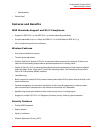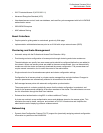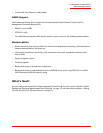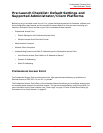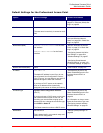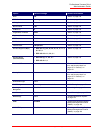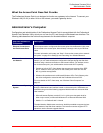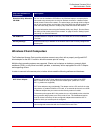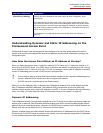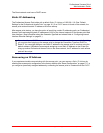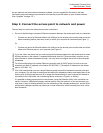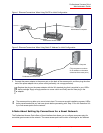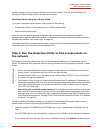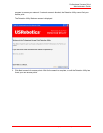
Professional Access Point
Administrator Guide
Pre-Launch Checklist: Default Settings and Supported Administrator/Client Platforms - 20
Understanding Dynamic and Static IP Addressing on the
Professional Access Point
Professional Access Points are designed to auto-configure, with very little setup required for the first
access point and miminal configuration required for additional access points subsequently joining a pre-
configured cluster.
How Does the Access Point Obtain an IP Address at Startup?
When you deploy the access point, it looks for a network DHCP server and, if it finds one, obtains an IP
Address from the DHCP server. If no DHCP server is found on the network, the access point will continue
to use its default Static IP Address (192.168.1.10) until you reassign it a new static IP address and specify
a static IP addressing policy or until a DHCP server is brought online.
When you run the Detection Utility, it discovers the Professional Access Points on the network and lists
their IP addresses and MAC addresses. The Detection Utility also provides a link to the Web User
Interface of each access point using the IP address in the URL. For more information about the Detection
Utility, see “Step 3. Run the Detection Utility to find access points on the network” on page 26.
Dynamic IP Addressing
The Professional Access Point generally expects that a DHCP server is running on the network where the
access point is deployed. Most business networks already have DHCP service provided through either a
gateway device or a centralized server. However, if no DHCP server is present on the Internal network, the
access point will use the default Static IP Address for first-time startup.
Similarly, wireless clients and other network devices will receive their IP addresses from the DHCP server,
if there is one. If no DHCP server is present on the network, you must manually assign static IP addresses
to your wireless clients and other network devices.
Client Security Settings Security should be disabled on the client used to do initial configuration of the
access point.
If the Security mode on the access point is set to anything other than None, wire-
less clients will need to set a profile to the authentication mode used by the access
point and provide a valid user name and password, certificate, or similar user iden-
tity proof. Security modes are Static WEP, IEEE 802.1x, WPA/WPA2 with RADIUS
server, and WPA/WPA2-PSK.
For information on configuring security on the access point, see “Security” on
page 101.
Note
• If you configure both an Internal and Guest network and plan to use a dynamic addressing policy
for both, separate DHCP servers must be running on each network.
• A DHCP server is a requirement for the Guest network.
Required Component Description



